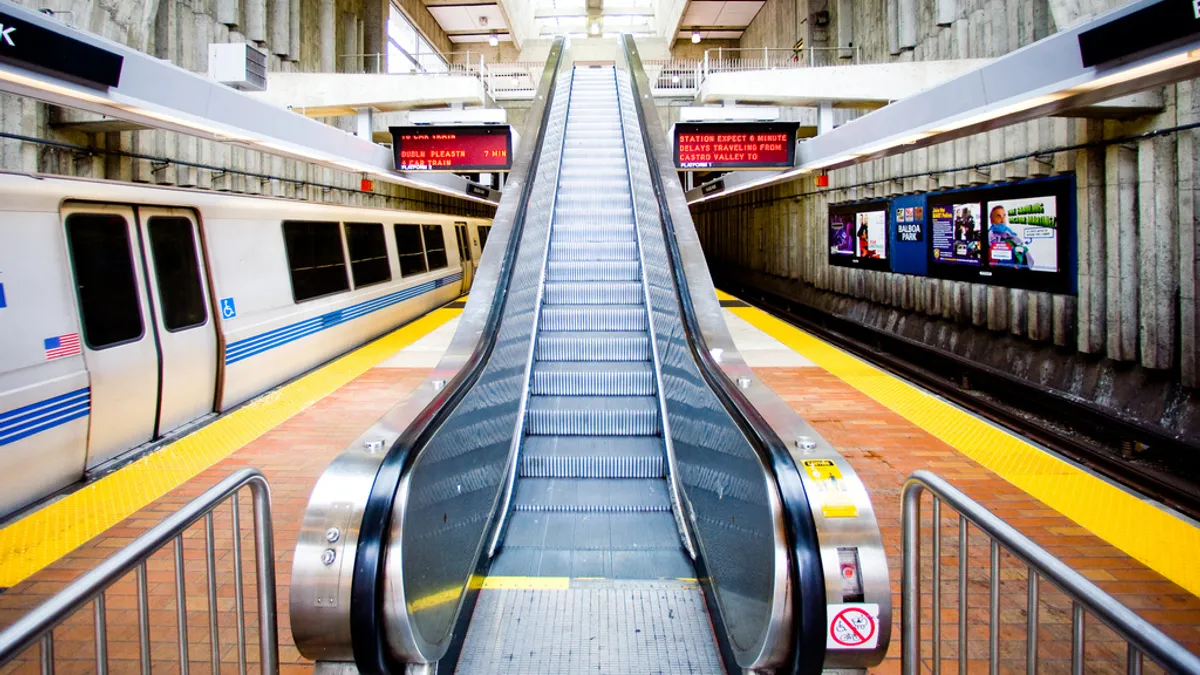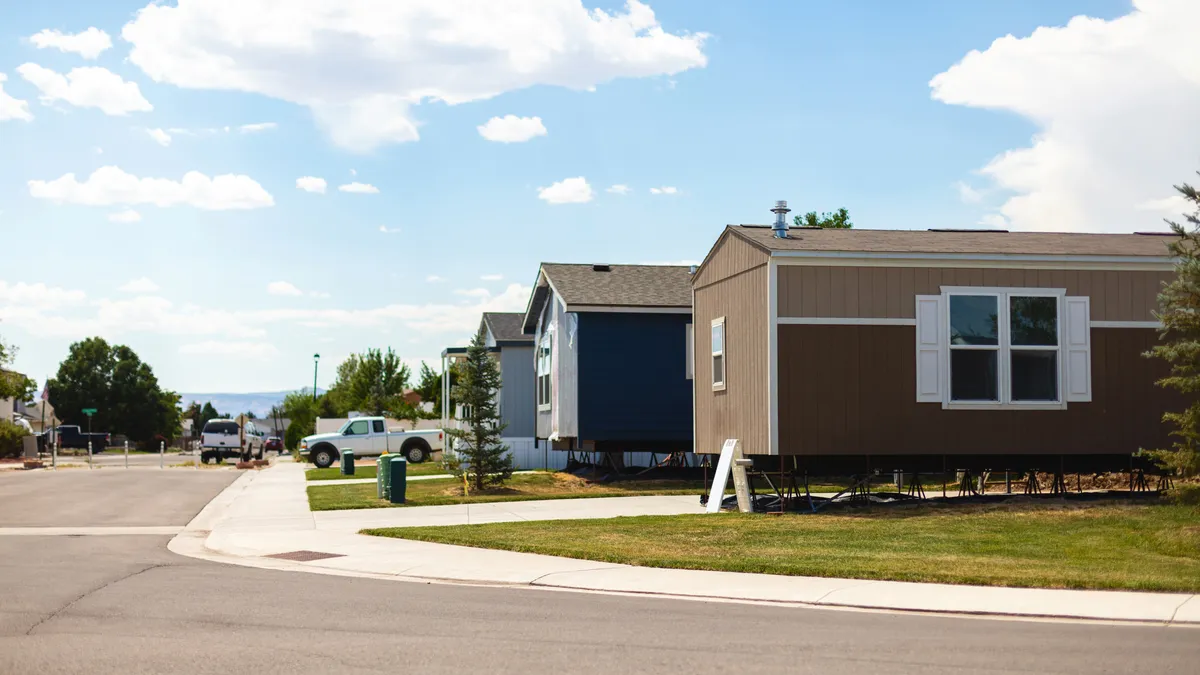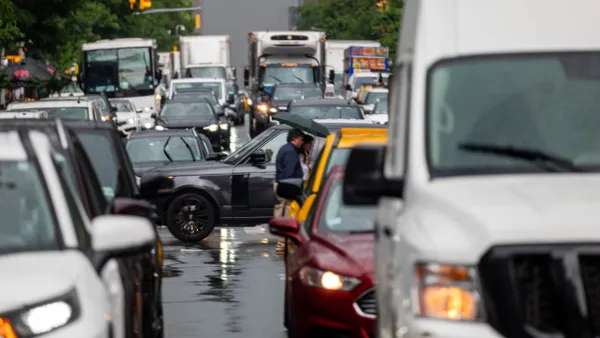Dive Brief:
- On Monday, Bay Area Rapid Transit (BART) in the San Francisco area tested a new earthquake early warning system, ShakeAlert 2.0. Trains slowed to 27 mph during the 15-minute simulation and announcements notified riders on trains and in stations of the test; those announcements would be real warning instructions in the event of an actual earthquake.
- ShakeAlert uses sensors to detect early seismic activity and send warnings about an upcoming earthquake from a few seconds to a minute in advance. The alert is intended to warn transit systems, utilities, businesses and residents so they can take appropriate precautions. For transit, that means automatically stopping or slowing moving vehicles to prevent derailments — and thus injuries or deaths — during an earthquake.
- The U.S. Geological Survey and the UC Berkeley Seismological Laboratory designed the warning system, and Monday’s initial rollout will be the first phase of a three-state system throughout California, Oregon and Washington.
Dive Insight:
Releasing an earthquake alert system in this area is important because many of the West Coast’s largest cities lie along one or more fault lines. Warning people even a few seconds before shaking begins can be enough time for them to stop activities that could exacerbate the danger of an earthquake, and take cover.
The system is considered quite advanced in that it not only provides early warnings, but also develops a digital map of where shaking most likely will occur. That can help planning and response for emergency responders in areas expected to be the most affected, and in getting more detailed warnings to residents who will most need the information.
This is the first high-tech earthquake warning system in the United States, but Mexico already has the technology and successfully used it during several earthquakes over the past year. Although Monday's test was considered the system's official launch in California, it has been installed for a while and a small earthquake last month did trigger the desired response of trains automatically stopping.
Researchers indicate that funding has been the major holdback for system adoption in the United States. They hope private companies will develop applications that will bring the warnings to every mobile and smart device user, possibly within the next year.











